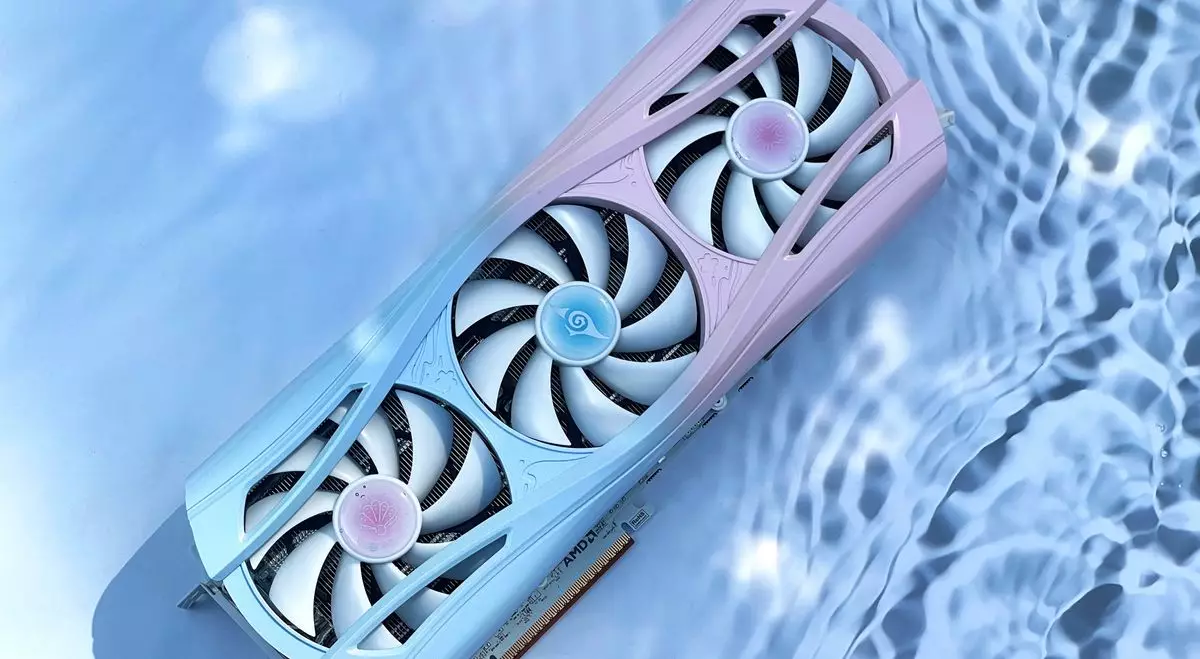The graphics processing unit (GPU) market has long been characterized by fluctuations in supply and demand, and the recent launch of AMD’s Radeon RX 9070 and 9070 XT models is no exception. AMD’s David McAfee addressed concerns about the ongoing battle for inventory and pricing consistency. His comments indicate both the excitement around these new offerings and the challenges of ensuring widespread availability at MSRP (Manufacturer’s Suggested Retail Price). Given the volatile nature of this sector, it’s essential to dissect the core issues at play.
AMD’s GPU releases experienced a flurry of interest from gamers globally, but this was met with immediate obstacles. The emergence of demand for cutting-edge GPUs has often outstripped available stock—resulting in rapid sellouts. While AMD’s supply chain did not face the catastrophic issues seen with NVIDIA’s RTX 50-series, reports suggest availability for AMD’s new offerings is still precarious. This constant struggle raises questions about just how effectively AMD can navigate production and distribution in a landscape riddled with complications.
Tackling Availability Challenges
When asked about strategies to manage pricing and inventory post-launch, McAfee emphasized the company’s top priority: restocking their distribution network. “We want to make sure that users are able to buy cards at prices that they expect to see in the market,” he stated. This focus on collaboration with retailers and partners is crucial to ensuring that prices remain close to MSRP—a necessity for maintaining brand loyalty and customer satisfaction.
Despite McAfee’s reassurance, skeptics may question whether AMD can truly achieve its goals. Given that the graphics card market is multifaceted, with several vendors crafting diverse product lines based on AMD’s chips, achieving uniform pricing and availability across the board has inherent challenges. This intricate supply chain might be something Moore’s Law can’t easily fix. Yet, AMD’s decision not to release their own reference designs for the RX 9000 series hinders total control over the pricing and availability landscape. By choosing to let third-party manufacturers dictate their own designs and pricing strategies, AMD cedes some influence over the marketplace dynamics.
The Burgeoning Demand for Next-Gen Performance
AMD’s RX 9070 and 9070 XT cards hit the market at a time when consumers are eager for next-gen performance without the exorbitant prices that have plagued the industry for years. According to McAfee, the launch was met with “very, very strong” demand worldwide, underscoring the excitement surrounding the RDNA 4 architecture. However, this robust interest reflects a combination of consumers’ desires for more accessible high-performance GPUs and the frustration from prolonged supply shortages in previous years.
Many gamers are wondering how long such an enticing offer will last and whether AMD can sustain supply levels amid overwhelming demand. Observations from both enthusiasts and casual gamers indicate that there is pent-up demand that far exceeds initial production capabilities. The intense market activity suggests a tipping point for future GPU purchases, which raises additional queries about how long AMD can maintain both production and pricing discipline.
Future Predictions for the GPU Market
Predicting the trajectory of GPU prices and availability has become an exercise in futility. Most industry onlookers are cautiously optimistic about the idea that supply may normalize later in the year. However, there are major caveats. Will consumers be able to easily purchase the Radeon RX 9070 or Nvidia RTX 5070, much like any other conventional product? The recent history of GPUs suggests this isn’t a given; devices that cater to gamers should be accessible, but the market has been moving in fits and starts for years.
If supply challenges don’t improve substantially, the consumer sentiment could shift toward a permanent skepticism regarding GPU availability. AMD must tread carefully. Continuing to deliver strong performance and competitive pricing will be instrumental in retaining trust in their branding and ensuring a loyal customer base. The critical question remains whether AMD can deliver upon these commitments as expectations rise among gamers eagerly anticipating the chance to upgrade their systems without resorting to overpriced alternatives.
Amidst this landscape of anticipation, we must watch closely as the months unfold. AMD’s willingness to adapt its strategies in response to real-time market demands may shape their future, but for now, is the patience of consumers truly worth the wait?

